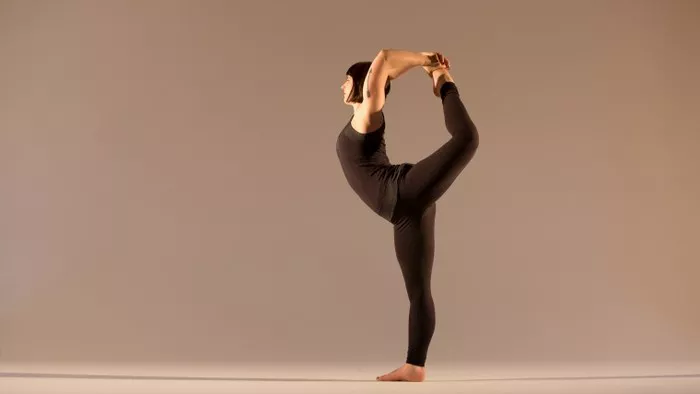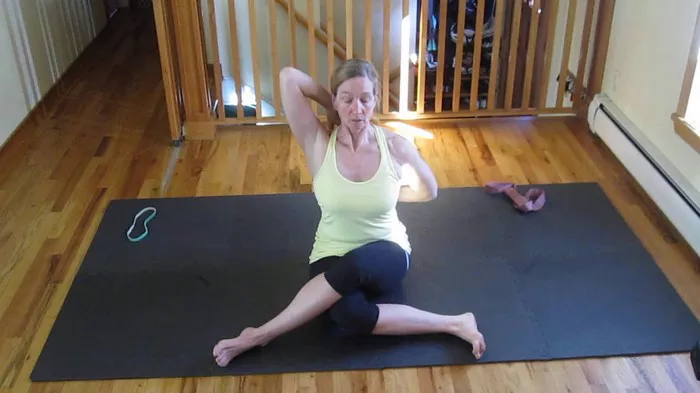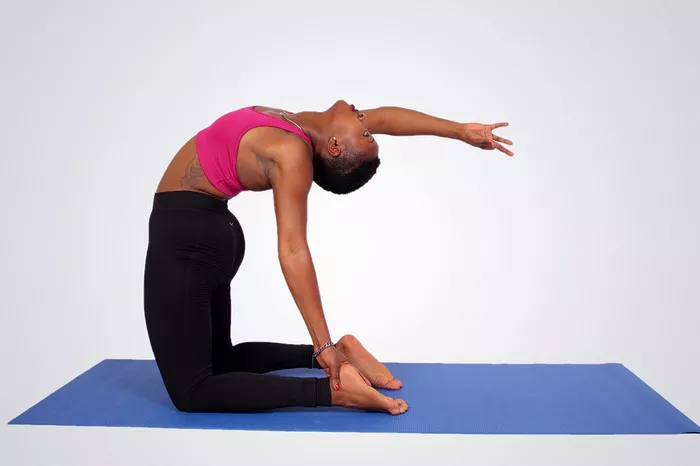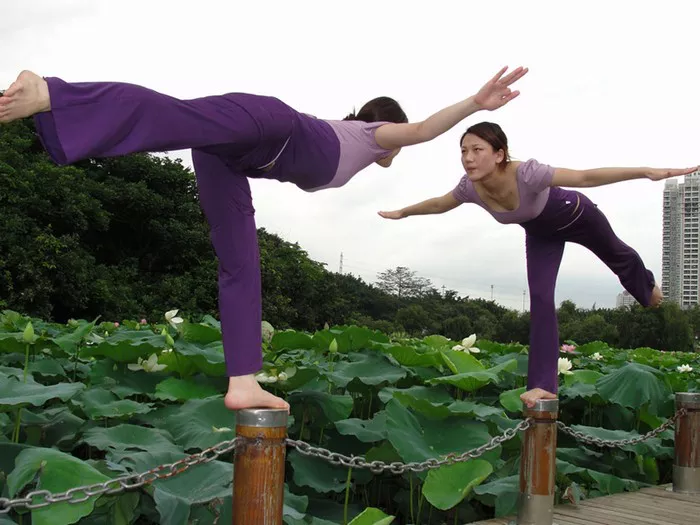Yoga, an ancient practice originating from India, has gained immense popularity worldwide for its numerous physical, mental, and spiritual benefits. However, despite its widespread acclaim, yoga might not be suitable for everyone. While yoga is generally safe for most people, certain individuals may need to exercise caution or avoid it altogether due to various health conditions or limitations. Understanding who should refrain from yoga practice is crucial to ensuring safety and well-being. In this article, we explore the demographics and health conditions for which yoga might not be appropriate, emphasizing the importance of consulting healthcare professionals before embarking on a yoga journey.
Pregnant Women
Pregnancy is a special time when women need to be particularly mindful of their physical activities. While prenatal yoga classes are specifically designed to accommodate pregnant women, it’s essential for expectant mothers to consult with their healthcare providers before starting any exercise regimen, including yoga. Certain yoga poses, particularly those involving deep twists or inversions, may not be suitable during pregnancy as they could potentially compromise maternal and fetal well-being. Moreover, some breathing techniques employed in advanced yoga practices might not be advisable for pregnant women, especially if they cause dizziness or hyperventilation. Therefore, pregnant women should seek guidance from qualified yoga instructors trained in prenatal yoga or opt for gentler forms of exercise tailored to their unique needs.
Individuals with Cardiovascular Conditions
While yoga is often praised for its cardiovascular benefits, individuals with certain heart conditions may need to approach yoga practice with caution. People with a history of heart disease, high blood pressure, or other cardiovascular issues should consult their cardiologists before engaging in vigorous or strenuous forms of yoga. Certain poses that involve intense physical exertion or sudden changes in blood pressure, such as headstands or deep backbends, may pose risks for individuals with heart conditions. Additionally, some pranayama (breathing) techniques, if practiced incorrectly or excessively, could potentially strain the heart or exacerbate existing cardiovascular problems. Therefore, it’s crucial for individuals with heart issues to receive clearance from their healthcare providers and to practice yoga under the guidance of experienced instructors who can modify poses and techniques to ensure safety.
Those with Joint or Musculoskeletal Injuries
Yoga is often lauded for its ability to improve flexibility, strength, and joint mobility. However, individuals with acute or chronic musculoskeletal injuries should exercise caution when practicing yoga, particularly if they are recovering from surgeries or experiencing pain. While yoga can be adapted to accommodate various physical limitations, certain poses may exacerbate existing injuries or strain vulnerable joints. For example, individuals with herniated discs or spinal stenosis may find certain yoga poses, such as deep backbends or forward folds, uncomfortable or even harmful. It’s essential for people with joint or musculoskeletal injuries to communicate openly with their yoga instructors about their limitations and to seek modifications or alternative poses as needed. Additionally, individuals recovering from injuries should prioritize gentle, restorative forms of yoga that focus on relaxation and rehabilitation rather than vigorous or high-impact practices.
People with Uncontrolled Medical Conditions
Individuals with uncontrolled medical conditions, such as uncontrolled diabetes, epilepsy, or asthma, should approach yoga practice with caution and under the guidance of their healthcare providers. While yoga can offer numerous health benefits, certain poses and breathing techniques may affect blood sugar levels, trigger seizures, or exacerbate respiratory issues in susceptible individuals. Moreover, certain medications taken to manage these conditions may impact one’s ability to safely engage in yoga practice. Therefore, it’s essential for individuals with uncontrolled medical conditions to receive clearance from their healthcare providers before participating in yoga classes. Additionally, it’s crucial for yoga instructors to be informed about their students’ medical histories and to adapt practices accordingly to ensure safety and well-being.
Elderly Individuals with Balance Issues
Yoga can be a beneficial practice for individuals of all ages, including older adults, as it promotes balance, flexibility, and overall well-being. However, elderly individuals with balance issues or a history of falls should approach yoga practice with caution and select classes that cater to their specific needs. Certain yoga poses that require strong balance or rapid transitions between positions may pose risks for older adults, particularly those with mobility limitations or osteoporosis. It’s essential for elderly individuals to choose yoga classes taught by instructors experienced in working with older populations and to communicate any concerns or limitations they may have. Moreover, modifications and the use of props such as chairs or blocks can help older adults safely participate in yoga practice while reducing the risk of injury.
Conclusion
While yoga offers a multitude of physical, mental, and spiritual benefits, it’s not suitable for everyone. Certain demographics and health conditions warrant caution or avoidance of yoga practice altogether to ensure safety and well-being. Pregnant women, individuals with cardiovascular conditions, those with joint or musculoskeletal injuries, people with uncontrolled medical conditions, and elderly individuals with balance issues should consult with their healthcare providers before engaging in yoga practice. Additionally, it’s essential for yoga instructors to be knowledgeable about their students’ health histories and to offer modifications and alternatives to accommodate diverse needs. By prioritizing safety and individualized care, yoga can continue to be a transformative practice accessible to people of all ages and backgrounds.


















